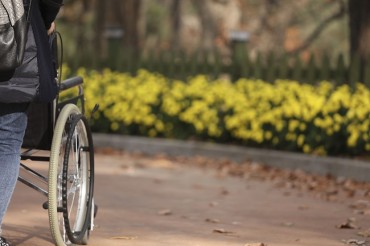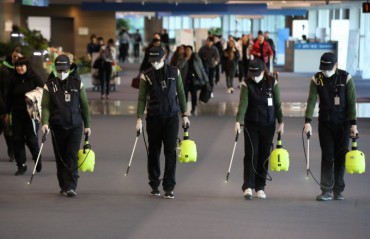
Medical statistics on the health status of young South Koreans have served as a sobering reality check for those who crow that one’s 20s are “the best time to be alive”. (Image: Yonhap)
SEOUL, Sept. 21 (Korea Bizwire) – Medical statistics on the health status of young South Koreans have served as a sobering reality check for those who crow that one’s 20s are “the best time to be alive”.
The worrying state of the nation’s youth was outlined by National Assemblywoman and member of the central government’s Health and Welfare Committee Yoon So Ha on September 20. In her statement, Yoon pointed out that in the last five years, diagnoses of psychological, digestive and musculoskeletal problems among those in their 20s outpaced all other age groups except for the elderly.
Some of the data points that stand out are:
- In 2016, there were 158,000 patients in their 20s diagnosed with neck problems, a 27.7 percent increase from 2012′s figures (124,000 diagnosed). For the sake of comparison, increases among those in their 30s (13.6 percent), 40s (6.2 percent) and 50s (10 percent) were far lower.
- The diagnosis of spinal problems among those in their 20s at 13 percent was four times higher than those in their 30s (4 percent).
- Rates of increases among 20-somethings for ulcerative colitis and Crohn’s Disease, gastroesophageal reflux disease (acid reflux), acute kidney failure and digestive problems, and benign prostatic hyperplasia (enlarged prostate) were 41.3, 20.6, 45.3 and 64.1 percent, respectively.
Psychological problems like depression and panic disorders were found to have increased in prevalence. Diagnoses of depression jumped by 22.2 percent, while the same for panic disorders increased by 13.3 percent. Panic disorders were found to be a particularly significant problem, as data from the last five years indicated that the number of diagnoses had made annual 13.3 percent increases. To put this into perspective, there were 65 percent more victims of panic disorders (that were diagnosed) in 2016 than there were in 2012.
The data indicated that young adults were increasingly turning to the bottle to cope with the litany of challenges they faced. Diagnoses of alcoholism also increased by 20.9 percent.

Stress from prolonged study and the arduous ordeal of the modern-day job search, coupled with irregular meal times, a lack of exercise and a large helping of anxiety and insecurity over the future are all likely culprits causing damage to young men and women’s minds and bodies, according to Yoon. (Image: Yonhap)
Stress from prolonged study and the arduous ordeal of the modern-day job search, coupled with irregular meal times, a lack of exercise and a large helping of anxiety and insecurity over the future are all likely culprits causing damage to young men and women’s minds and bodies, according to Yoon.
It bodes ill for the nation’s future when the youth are not only suffering from various ailments, but are either unaware or unable to receive proper diagnoses and treatment. It is estimated that 2.69 million young adults (4.18 million when including those in their 30s) are currently ineligible for health screenings conducted by the National Health Insurance Service.
The health screenings are limited to citizens that fit the following criteria: legally registered head of a household (homeowner, lease holder, etc.), dependents and household members 40 years old or above, or employed. In the face of a skyrocketing rental market, poor job prospects, and the “curse” of young age, Korean young adults are facing a steep climb.
S.B.W. (sbw266@koreabizwire.com)






